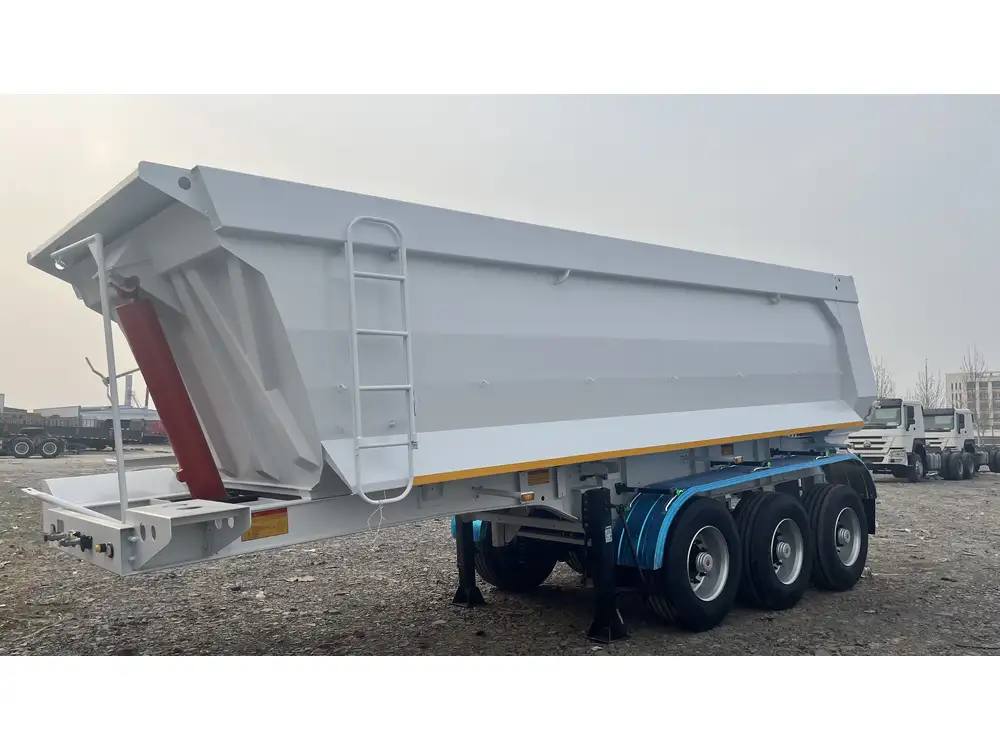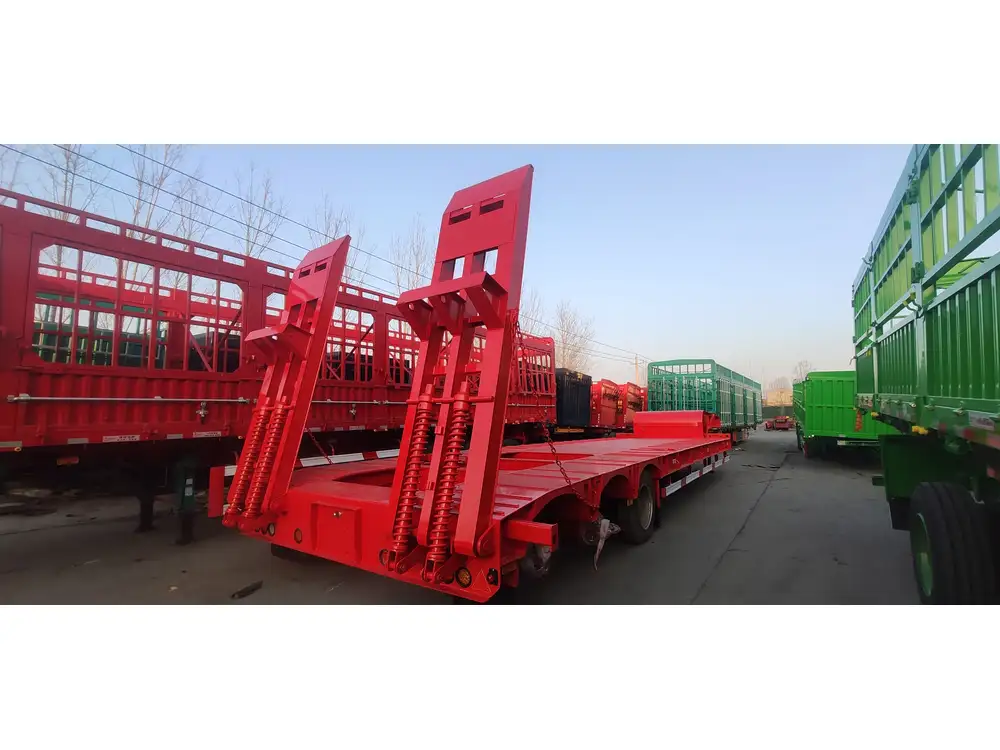Transporting firewood or timber often requires a clear understanding of volume and capacity, particularly when using a semi-trailer for logistics. The term “cord” is a standardized measurement integral to the timber and firewood industries, and it denotes a specific volume of stacked wood. In this article, we will clarify how many cords of wood can be effectively loaded onto a semi-trailer, discuss factors influencing this calculation, and provide additional insights beneficial for manufacturers, suppliers, and logistics personnel involved in wood transportation.
What is a Cord of Wood?
A cord of wood is traditionally defined as a stack of wood that measures 128 cubic feet. Typically, this is represented as a stack that is 4 feet high, 4 feet wide, and 8 feet long. Understanding this definition is crucial for those who are involved in the buying or selling of firewood, as it creates a common language that enables accurate pricing and logistics planning.
Visual Representation of a Cord
| Dimension (ft) | Height | Width | Length | Volume (cubic feet) |
|---|---|---|---|---|
| Standard Cord | 4 | 4 | 8 | 128 |
| Half Cord | 4 | 2 | 4 | 64 |
| Quarter Cord | 2 | 2 | 4 | 32 |
Understanding these dimensions prepares manufacturers and distributors to calculate how much wood they can transport at once effectively.

Semi-Trailer Capacities: An Overview
When addressing the question of how many cords of wood a semi-trailer can carry, we need to account for several variables, including the size of the trailer, its weight limit, and the type of wood.
Common Semi-Trailer Specifications
| Type of Semi-Trailer | Length (ft) | Width (ft) | Height (ft) | Volume (cubic feet) | Typical Weight Limit (lbs) |
|---|---|---|---|---|---|
| Standard Flatbed | 48 | 8 | 4 | 1,536 | 48,000 |
| Standard Box Truck | 53 | 8.5 | 13.5 | 3,200 | 80,000 |
Note: Common box trailers designed for transporting logs may have even larger dimensions. The specifics can vary widely depending on regional laws, the vehicle type, and intended use.
Calculating Cords of Wood on a Semi-Trailer

Step-by-Step Calculation
To determine how many cords of wood can fit onto a semi-trailer, we can follow these calculations based on cubic volume.
- Calculate the Total Capacity: First, ascertain the total cubic foot capacity of the semi-trailer. For instance, if using a standard box trailer with a volume of 3,200 cubic feet: [ \text{Total Capacity} = \text{Length} \times \text{Width} \times \text{Height} ]
- Determine How Many Cords Fit: Given that one cord is 128 cubic feet: [ \text{Cords of Wood} = \frac{\text{Total Capacity}}{128} ] So, for a 3,200 cubic foot trailer: [ \text{Cords of Wood} = \frac{3,200}{128} = 25 ]
Thus, a standard 53-foot semi-trailer can carry approximately 25 cords of wood, assuming no space is wasted.
Factors Affecting Capacity
When calculating practical loading limits, several factors come into play:
- Wood Density: Different types of wood have varying densities. Hardwoods like oak are denser than softwoods like pine, affecting how much can be loaded.
- Load Distribution: Proper weight distribution is vital for road safety. Overloading could lead to legal penalties or safety hazards.
- Local Regulations: Different states or regions may have weight limits that restrict the number of cords that can be transported.
- Compaction and Usage: How tightly the wood is stacked can affect how many cords can practically fit.
Additional Considerations for Transporting Wood

Logistics and Efficiency
In modern logistics, ensuring efficient loading and unloading is paramount. Here are several strategies to enhance efficiency:
- Use of Forklifts: Employing forklifts can expedite loading times and keep operations running smoothly.
- Palletizing: When stacking wood onto pallets, ensure uniform heights to maximize space usage.
Effective Wood Packing Techniques
- Cross-Stacking: This technique allows for air circulation while maximizing usage of the cubic space.
- Tightly Bundling: Consider wrapping smaller quantities (like half cords) into bundles to streamline loading.
Environmental Impact and Sustainability
As manufacturers of semi-trailers, it’s crucial to recognize the environmental implications of transporting wood:
- Sourcing Responsibly: Ensuring that the wood sourced is from sustainable forests helps mitigate deforestation issues.
- Transportation Emissions: Considering the carbon footprint of transporting the loaded trailer is vital for developing eco-friendly approaches.

Conclusion: Maximizing Wood Transportation
Understanding the complexity of loading cords of wood onto semi-trailers can significantly improve operational efficacy for manufacturers and distributors. Through careful calculations, adherence to regulations, and adoption of effective logistical strategies, one can ensure that transporting wood is both efficient and sustainable.
In light of these critical details, we hope this article serves as a comprehensive guide for those in the wood transportation business. By being equipped with the knowledge of dimensions, effective packing strategies, and an awareness of environmental considerations, your operations will not only improve in efficiency but also in responsibility towards sustainable practices.



